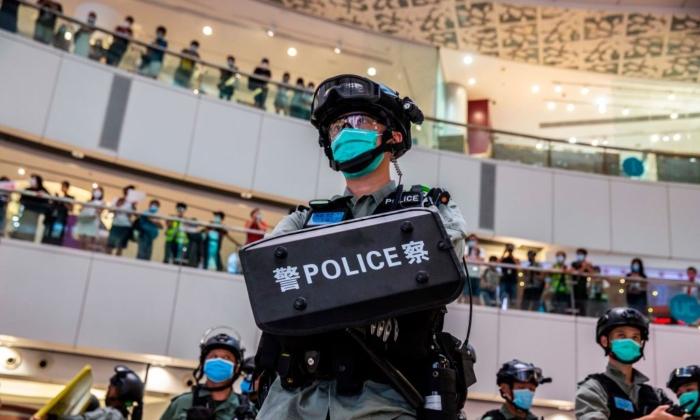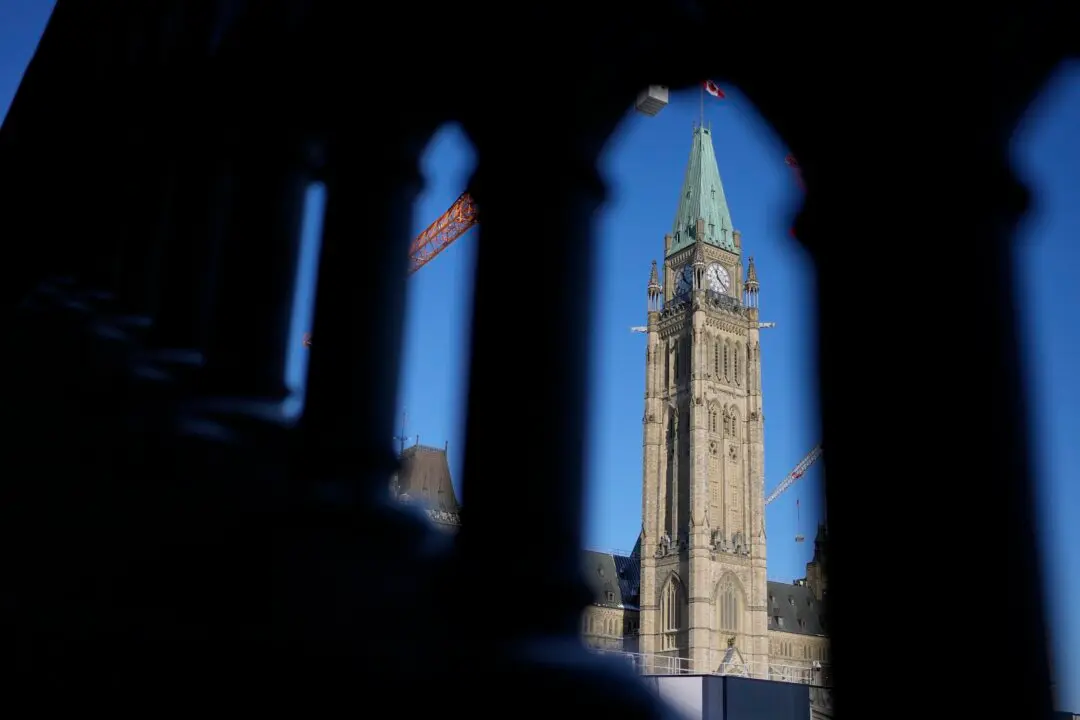The Department of National Defence has confirmed that a Canadian warship travelled through the Taiwan Strait on Feb. 16 as part of ongoing efforts to ensure the international waterway remains free.
“His Majesty’s Canadian Ship Ottawa recently conducted a transit throughout the Taiwan Strait,” Defence Department spokesperson Kened Sadiku told The Epoch Times.
Sadiku noted that this is the country’s first transit in the strait since
October 2024, when HMCS Vancouver sailed through the waterway alongside the U.S. destroyer USS Higgins.
The Chinese regime, which has claimed ownership of the region, dispatched air and naval forces to monitor the transit of the Halifax-class frigate HMCS Ottawa, saying in a
Feb. 17 WeChat statement that it would “resolutely counter all threats and provocations.”
Canada’s Department of National Defence said the area is an international zone and that Canada wants to ensure it can be passed through freely.
“Canada has undertaken a number of transits through the Taiwan Strait upholding the important principle of operating freely through international waterways in accordance with international law,” the department said.
The Taiwan Strait—about 180 kilometres wide, or roughly three times the distance of a direct crossing from Toronto to Rochester across Lake Ontario—separates the democratic island of Taiwan from the communist-led mainland of China. Beijing, which also seeks to assert control over Taiwan, has intensified military operations in the Taiwan Strait and surrounding waters in recent years, including deploying aircraft and vessels to
encircle the island.
Amid Beijing’s protest of HMCS Ottawa’s passage, Taiwanese authorities defended the right of allies to transit international waterways, stating in a
Feb. 17 social media post that the Taiwan Strait is “by no means under PRC [People’s Republic of China] sovereignty.”
“Like-minded countries’ freedom of navigation proves its legal status,” Taiwan’s Ministry of National Defense (MND) wrote, adding that the Chinese regime’s military actions against Taiwan and its neighbours “only reaffirm that the PRC is the greatest threat to regional peace and stability.”
In a separate
post on Feb. 16, Taiwan’s MND reported that during HMCS Ottawa’s transit through the strait, 41 People’s Liberation Army aircraft, nine Chinese navy vessels, and one official ship were detected around Taiwan. Of 41 sorties, 28 crossed the median line into Taiwan’s northern, central, and southwestern Air Defence Identification Zone—a zone where a nation tracks and identifies aircraft to protect its airspace.
Naval vessels from other democracies, including the United States, Britain, and France, periodically transit the Taiwan Strait.
On Feb. 10, two U.S. naval vessels—guided-missile destroyer USS Ralph Johnson and survey ship USNS Bowditch—passed through the Taiwan Strait, marking the first transit since U.S. President Donald Trump returned to office, according to the
MND and
media in Japan, where the U.S. vessels were stationed.
Further to the south, Beijing has also intensified its military buildup and drills in the South China Sea, including the militarization of shoals and islands, particularly the Spratly Islands, as part of its broader efforts to assert dominance over the region, which is also surrounded by Vietnam, the Philippines, and other countries.
Canada’s allies have expressed growing concerns over Beijing’s threat to Taiwan and its broader military buildup in the Indo-Pacific region. In January 2024, then-NATO Secretary General Jens Stoltenberg
warned about the challenges China poses to the rules-based international order in the region.







